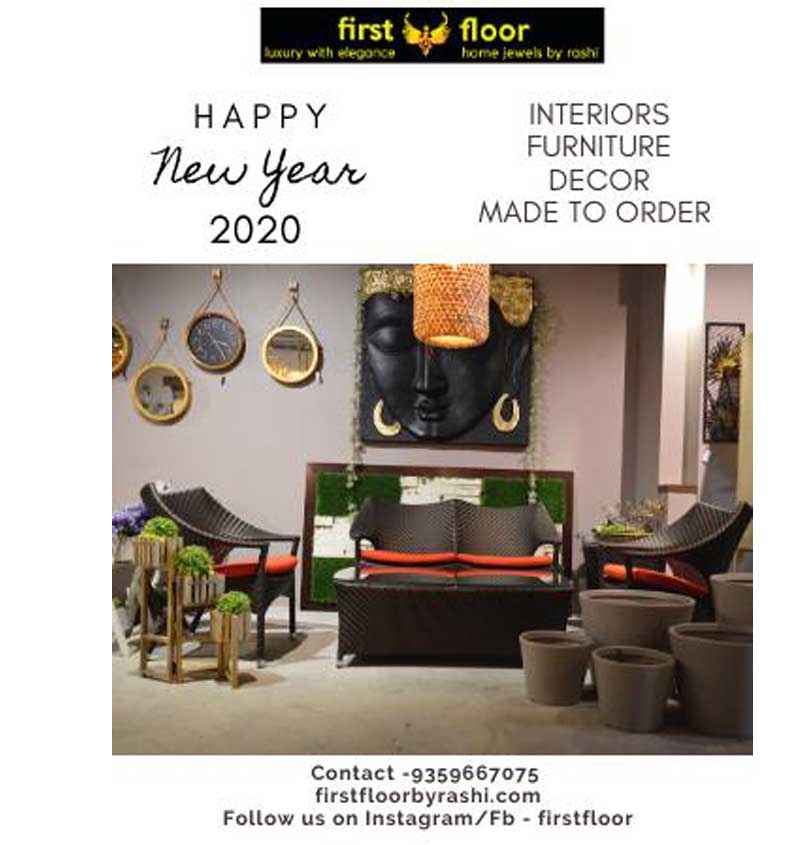1️⃣ Less Is More: The Minimalist Mindset
Minimalism is about curating, not cluttering. It’s about choosing pieces that serve a purpose—whether functional, emotional, or aesthetic—and letting go of what no longer serves you.
In a minimalist home, every item has a reason to exist. This doesn’t mean living in a sterile or cold environment; rather, it’s about creating a space that feels open, calm, and intentional.
2️⃣ Clean Lines, Simple Forms
Minimalist interiors are characterized by clean lines, geometric shapes, and simple forms. Furniture often has sleek silhouettes without excessive ornamentation, creating a sense of visual clarity.
Think:
-
Low-profile sofas
-
Streamlined tables
-
Floating shelves
-
Uncluttered surfaces
These choices allow the eye to rest and the mind to relax, turning your space into a sanctuary.
3️⃣ A Neutral Color Palette
Minimalism thrives on a subdued color scheme—whites, beiges, grays, soft blacks, and muted tones form the foundation of a minimalist space. These hues create a sense of openness and allow natural light to flow freely, enhancing the feeling of airiness.
To add warmth and depth, incorporate natural textures like wood, linen, wool, and stone. A pop of color can be introduced sparingly through art, plants, or a single statement piece.
4️⃣ Quality Over Quantity
Minimalist interiors are built on the principle of investing in fewer, better pieces. Instead of filling your home with many items, focus on quality craftsmanship, timeless design, and durable materials.
A minimalist home often includes:
-
A statement sofa
-
A well-crafted dining table
-
Thoughtfully chosen lighting
-
Simple yet elegant decor
These pieces stand the test of time, both in style and in function.
5️⃣ Embrace Negative Space
One of the hallmarks of minimalist design is the use of negative space—the areas intentionally left empty. Negative space allows the elements that are in the room to breathe and stand out.
In a minimalist home, it’s okay (and often desirable) to have bare walls, uncluttered shelves, and open floor space. This absence of visual noise enhances the sense of tranquility and focus.
6️⃣ Declutter Regularly
Minimalism isn’t a one-time design project; it’s an ongoing process. Regularly reassess your belongings, let go of what no longer serves you, and keep your space aligned with your current needs and value.
Final Thoughts
Minimalist interiors are not about sacrificing comfort or personality—they’re about making room for what truly matters. By embracing simplicity, intentionality, and mindfulness in your design choices, you can create a home that feels peaceful, purposeful, and effortlessly beautiful.



















Your Message